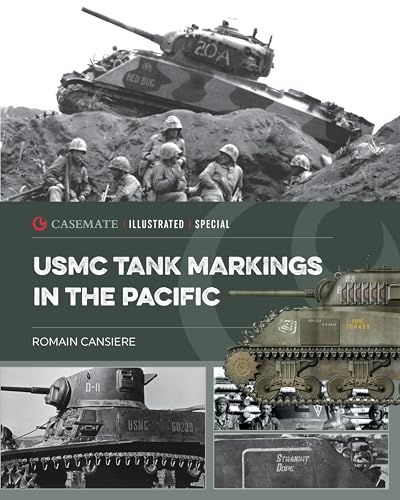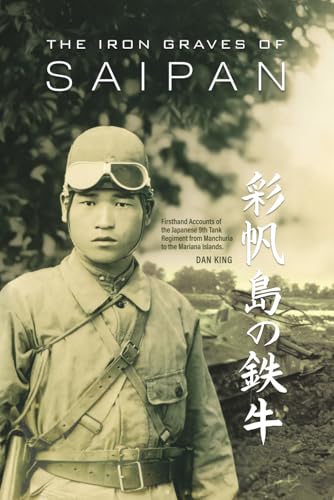
French Tanks of World War II (1)
by Steven J. Zaloga
"Infantry and Battle Tanks"
Popularity
4.34 / 5
* A book's popularity is determined by how it compares to all other books on this website.
Where to buy?
Buy from Amazon* If you buy this book through the link above, we may receive a small commission at no extra cost to you.
French Tanks of World War II (1) by Steven J. Zaloga
Details
War:
World War II
Perspective:
Tanks
True Story:
Yes
Biography:
No
Region:
Europe
Page Count:
99
Published Date:
2014
ISBN13:
9781472807762
Description
Brief Summary
In "French Tanks of World War II (1)," Steven J. Zaloga provides an insightful examination of the French armor used during World War II, specifically focusing on the infantry and battle tanks that confronted the German Blitzkrieg in 1940. The book is the first in a two-volume series and offers a detailed look at the evolution and performance of French tanks like the Renault R35, R40, FCM 36, Hotchkiss H35 and H39, and the renowned Char B1 bis. It contextualizes these vehicles within the broader framework of their design and development leading up to the Battle of France.
Main Themes and Topics
One of the central themes of Zaloga's work is the modernization of French tanks in the inter-war period following World War I. The book describes the efforts to replace the World War I-era Renault FT and examines the subsequent emergence of new tank variants. Another major focus of the book is the strategic and tactical implications of these tanks during the Battle of France, analyzing how they were employed against the fast-paced tactics of the German Blitzkrieg. By highlighting both the mechanical attributes and operational history of these tanks, Zaloga provides a comprehensive overview that blends technical details with historical context.
Writing Style and Tone
Steven J. Zaloga is known for his clear and informative writing style, and "French Tanks of World War II (1)" is no exception. The tone of the book is scholarly yet accessible, making it suitable for both enthusiasts of military history and those new to the topic. Zaloga utilizes a well-structured narrative, often diving into granular details about the engineering and tactical deployment of tanks without losing sight of the overarching historical narrative. His ability to distill complex technical concepts into understandable segments enhances the reader's comprehension and engagement.
Criticism
While the book is generally well-received for its depth and attention to detail, some readers may find that it focuses heavily on technical specifications at the expense of a broader strategic analysis. The intricate discussions about tank design and engineering might be overwhelming for readers seeking a more straightforward historical account of the Battle of France. Additionally, since this is the first part of a two-volume series, some readers might feel that the narrative is incomplete without the continuation provided in the subsequent volume.









